Tech miracle Hubble Space Telescope captures marvellous swirling galaxy 180-mn light years away
The spiral galaxy image captured by the Hubble Space Telescope is the NGC 1961. Know more about it here.
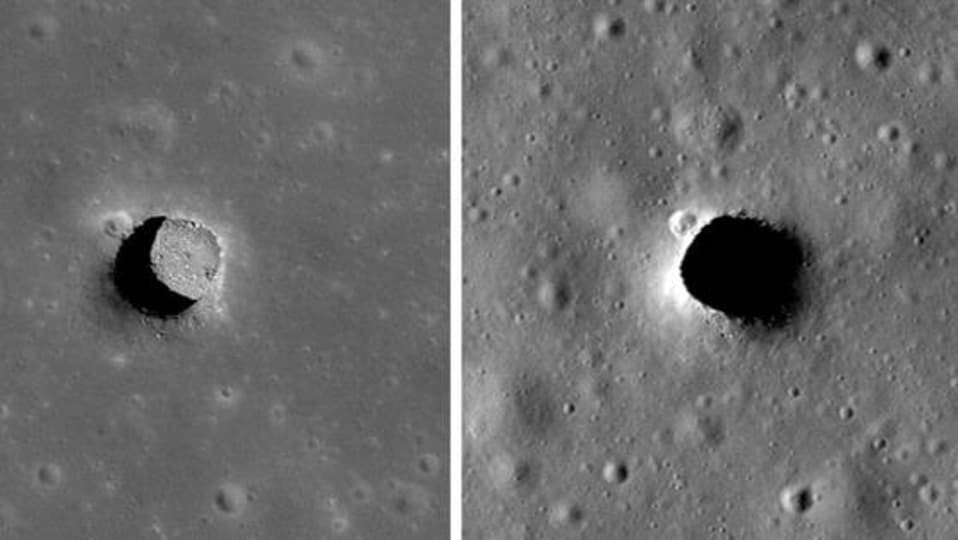
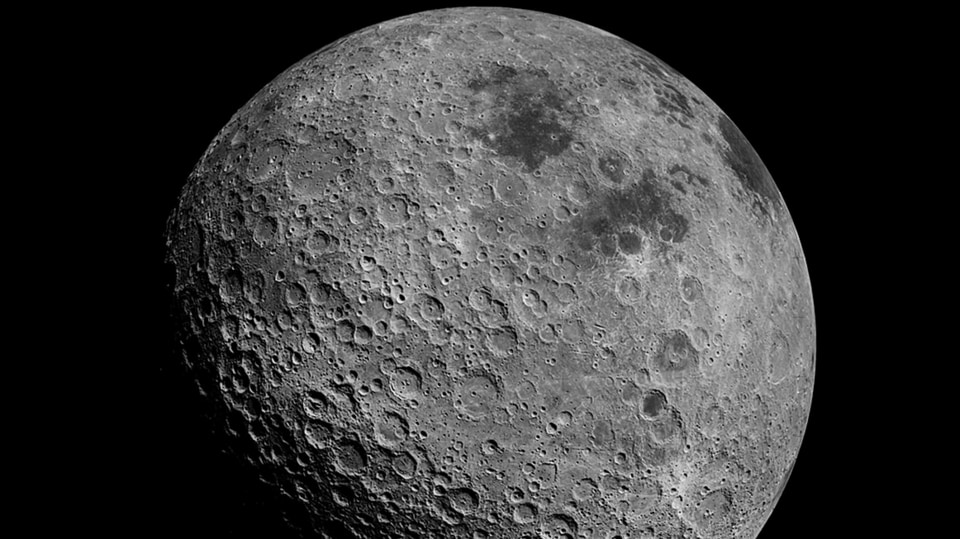
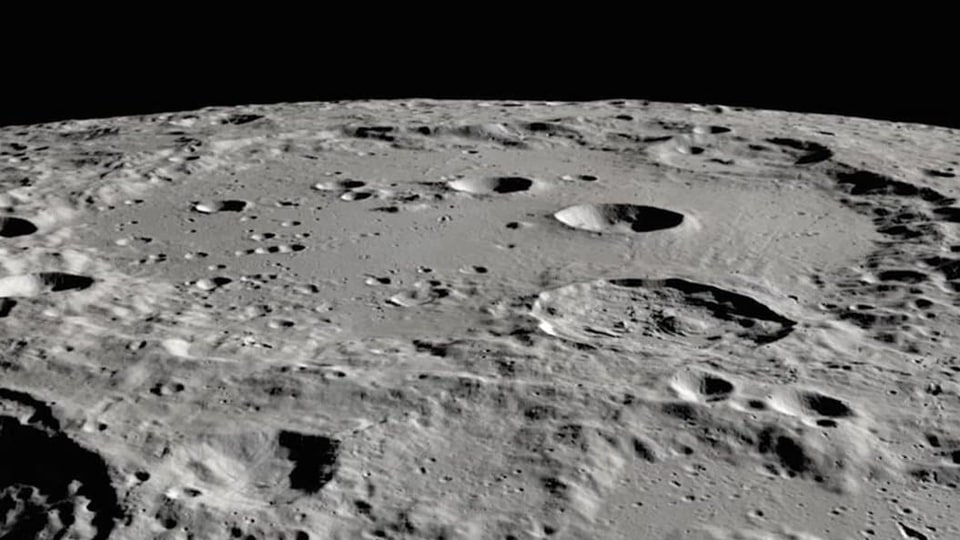
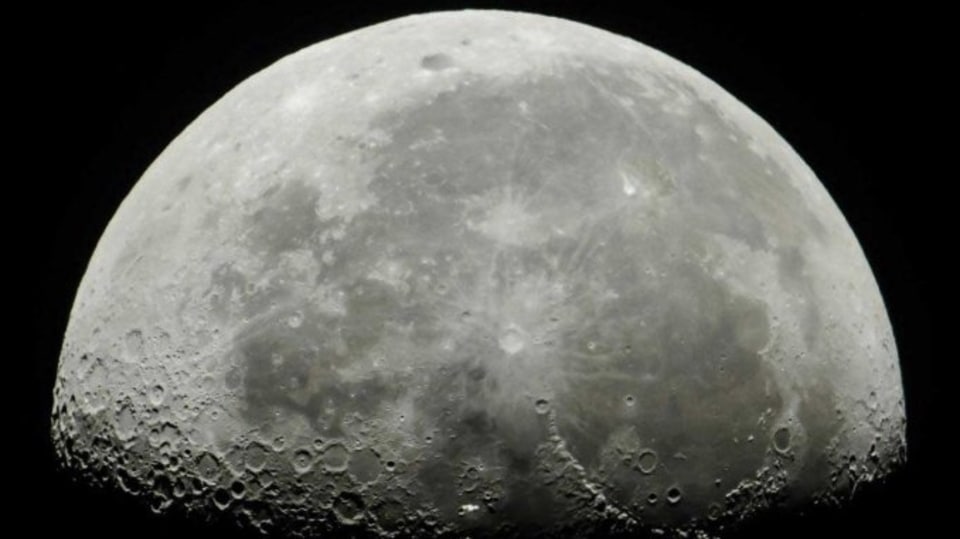
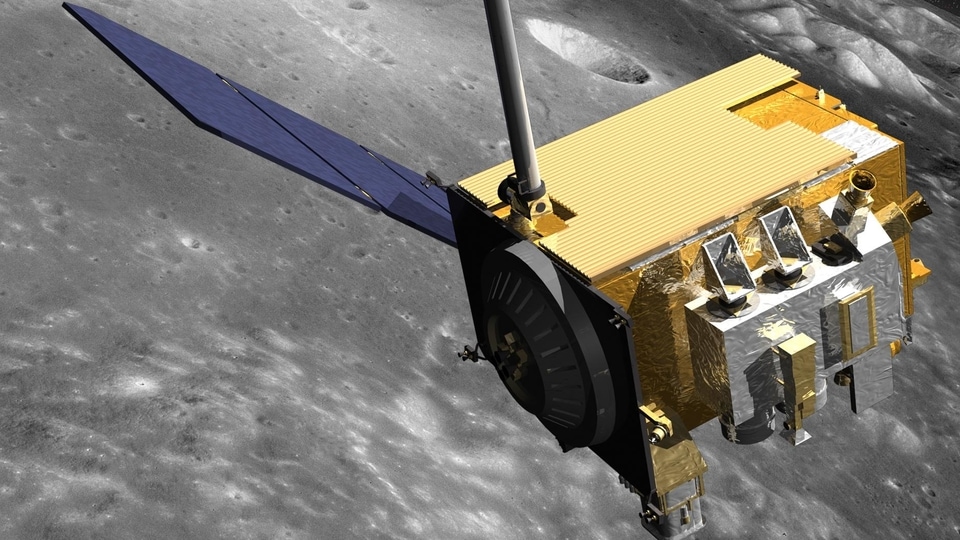

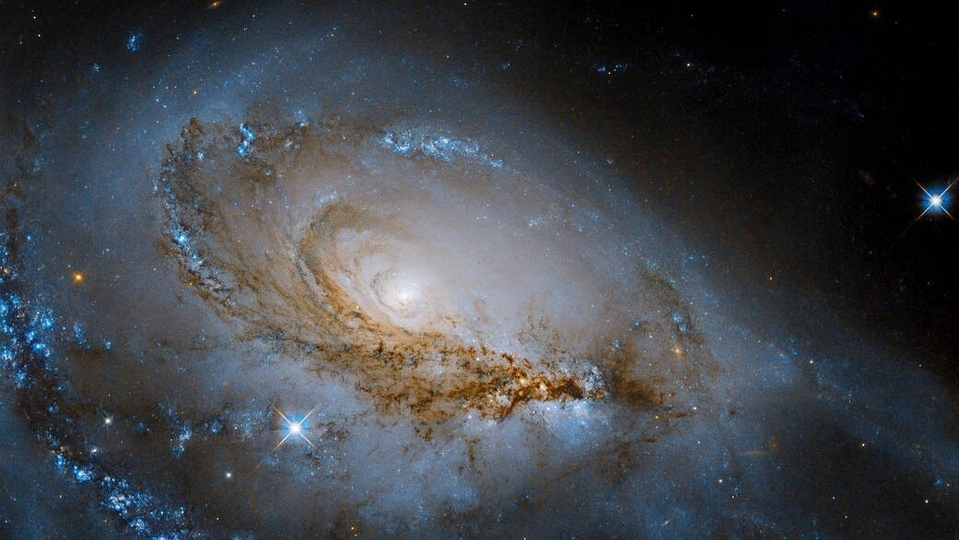
 View all Images
View all ImagesThe James Webb Space Telescope has been in the news ever since it was launched recently and since then it has been integral in pushing the limits of human knowledge ever farther to the beginnings of time. However, the much older Hubble Space Telescope still cannot be considered a slouch as it has been making some spectacular discoveries of its own across the universe. This time, the Hubble Telescope has captured the Galaxy NGC 1961 which seems to be unfurling its gorgeous spiral arms, located about 180 million light-years away from Earth, residing in the constellation Camelopardalis. The breathtaking Hubble image of this swirling galaxy shows glittering blue regions of bright young stars dotting the dusty spiral arms winding around the Galaxy's glowing centre.
NASA has shared that the image of this spiral galaxy has been created from two proposals - one studied previously unobserved Arp galaxies and the other while looking at the progenitors and explosions of a variety of supernovae. The NGC 1961 is an intermediate spiral and an active galactic nucleus (AGN), a type of galaxy. It is a small region at the centre of some galaxies that are far brighter than can be defined by the stellar population alone.
As they lack a clearly defined bar of stars at their centres, intermediate spiral galaxies fall between "barred" and "unbarred" spiral galaxies. At specific wavelengths of light, AGN galaxies have extremely brilliant centres that frequently significantly outshine the rest of the galaxy. Supermassive black holes at the centres of these galaxies are probably responsible for the dazzling jets and winds that influence their evolution.
Did you know?
NASA Hubble Space Telescope, a technological marvel of its time, was launched and deployed by the space shuttle Discovery in 1990. It has made more than 1.5 million observations over the course of its lifetime! More surprisingly, NASA has revealed that Hubble Telescope was designed to last roughly 15 years when it was launched in 1990. The Hubble Space Telescope has undergone five successful astronaut servicing missions, and as a result, the telescope's technology has been modified and improved, "and the telescope remains scientifically productive to this day."
Catch all the Latest Tech News, Mobile News, Laptop News, Gaming news, Wearables News , How To News, also keep up with us on Whatsapp channel,Twitter, Facebook, Google News, and Instagram. For our latest videos, subscribe to our YouTube channel.































